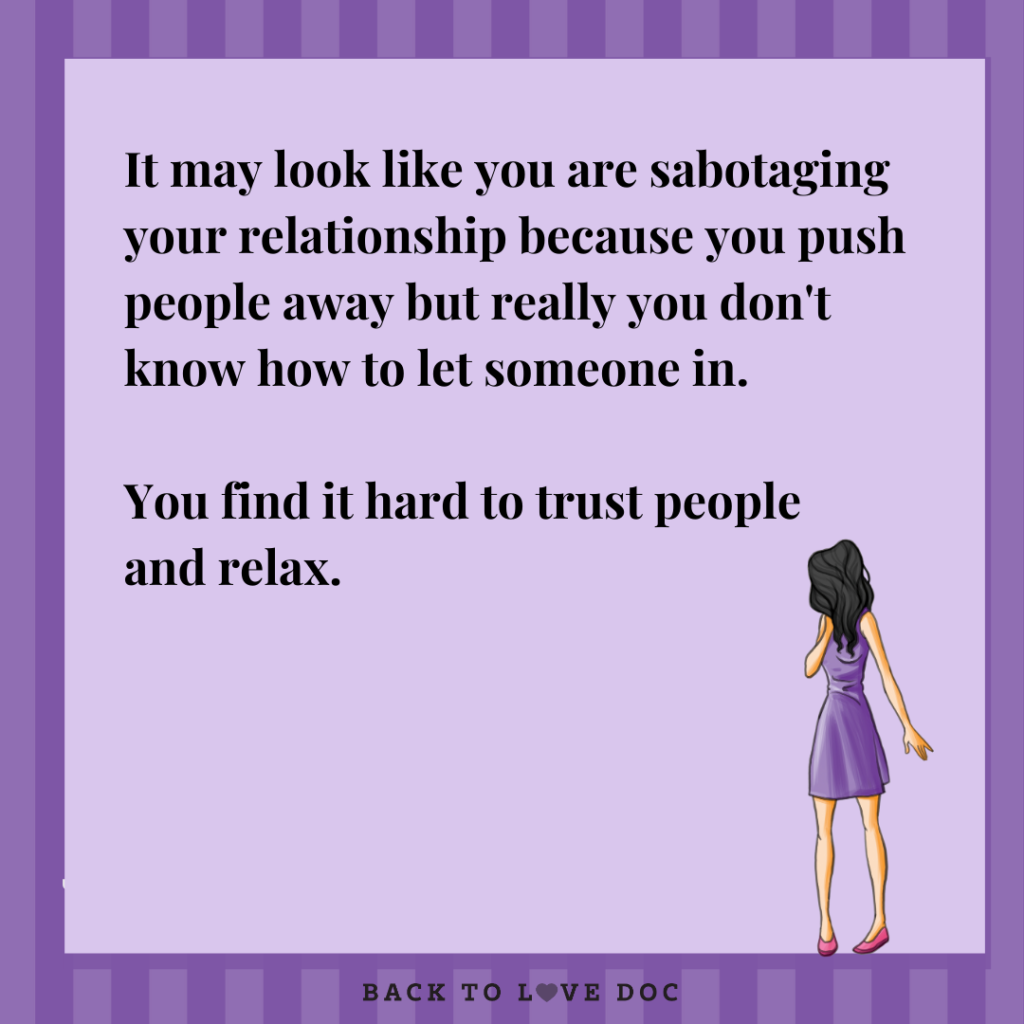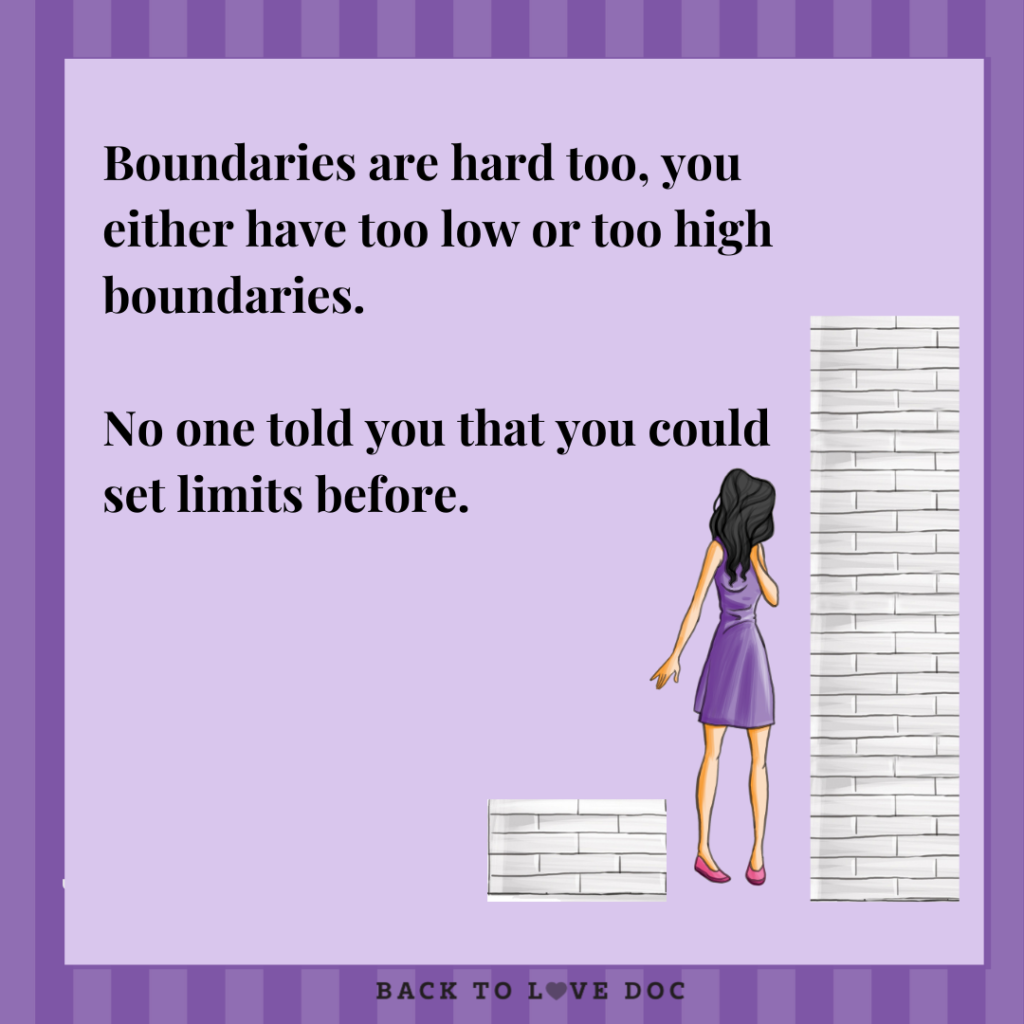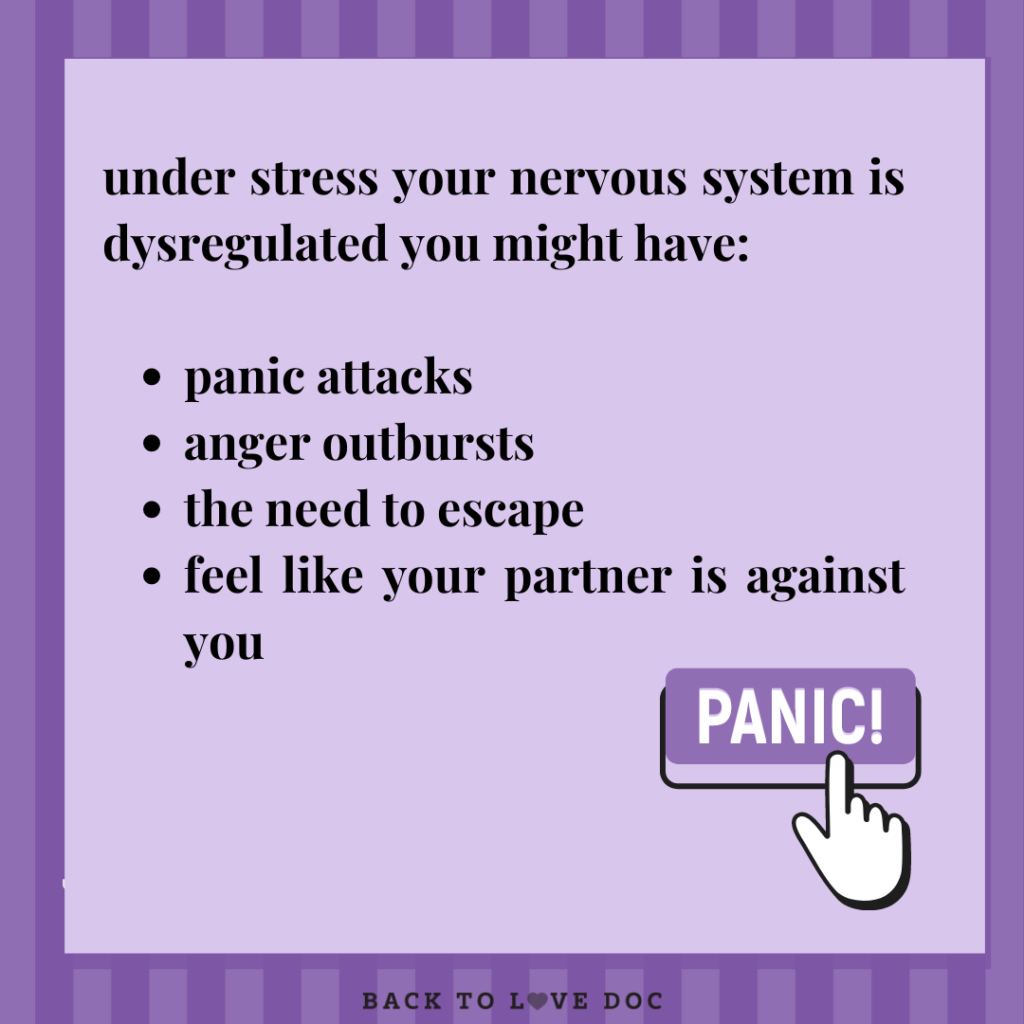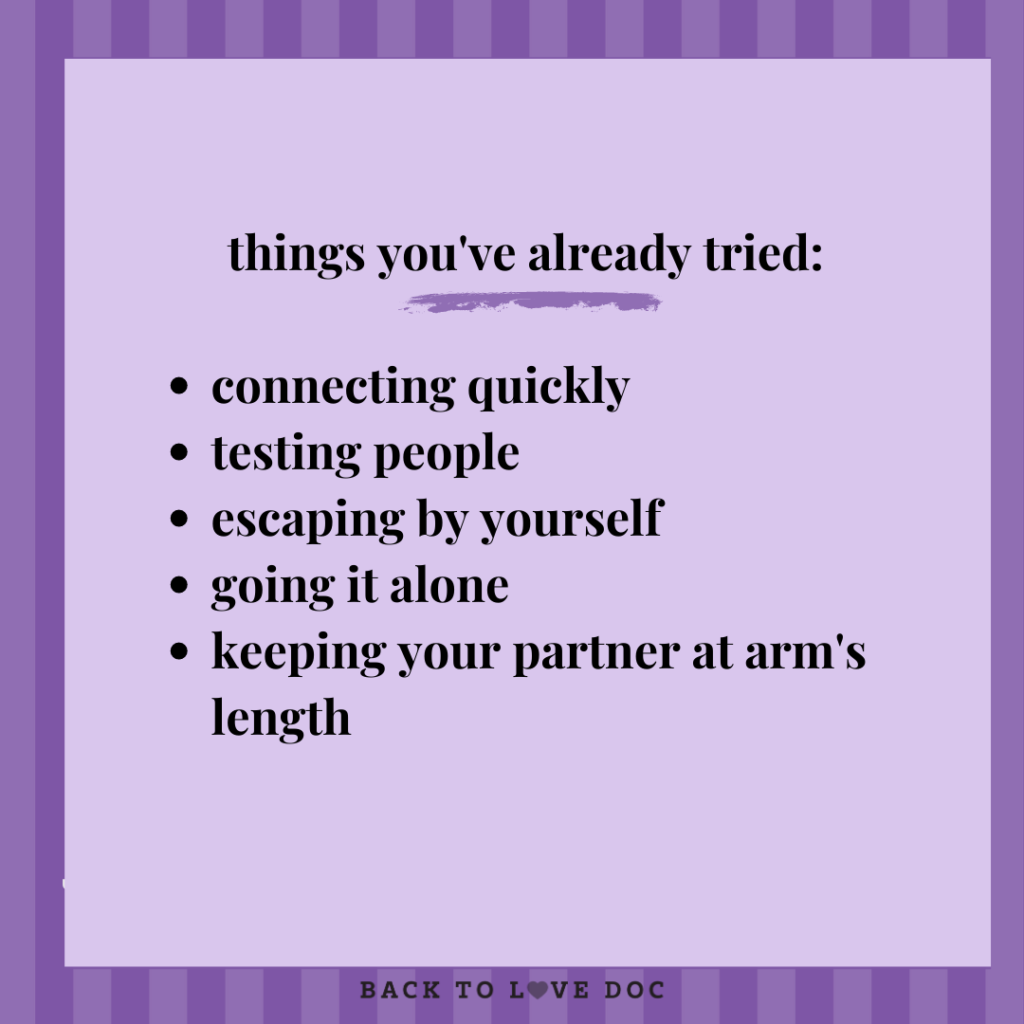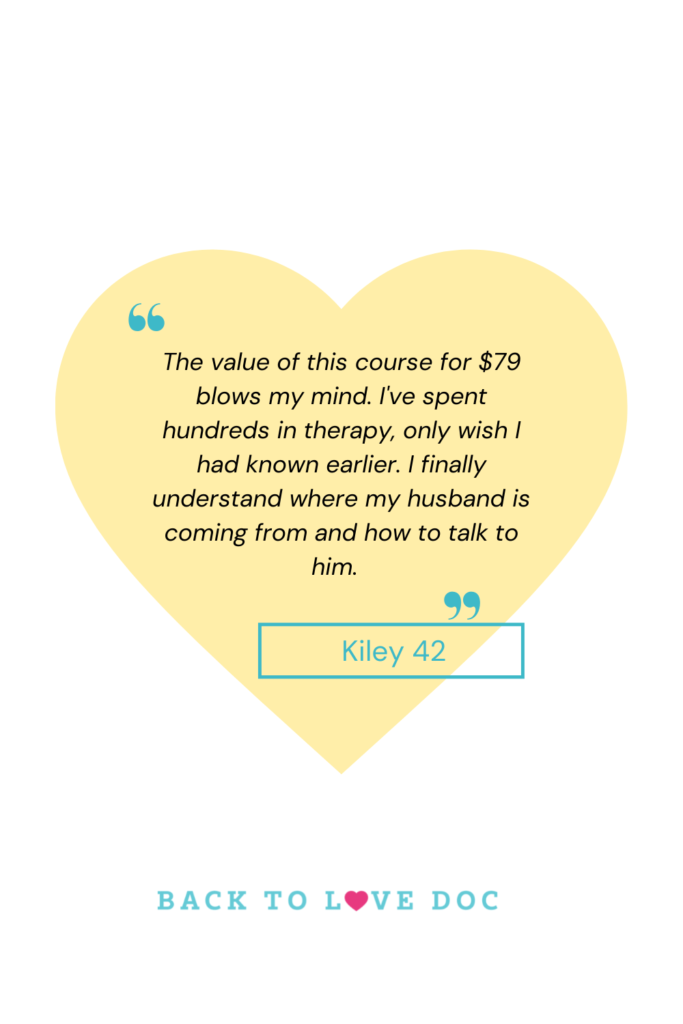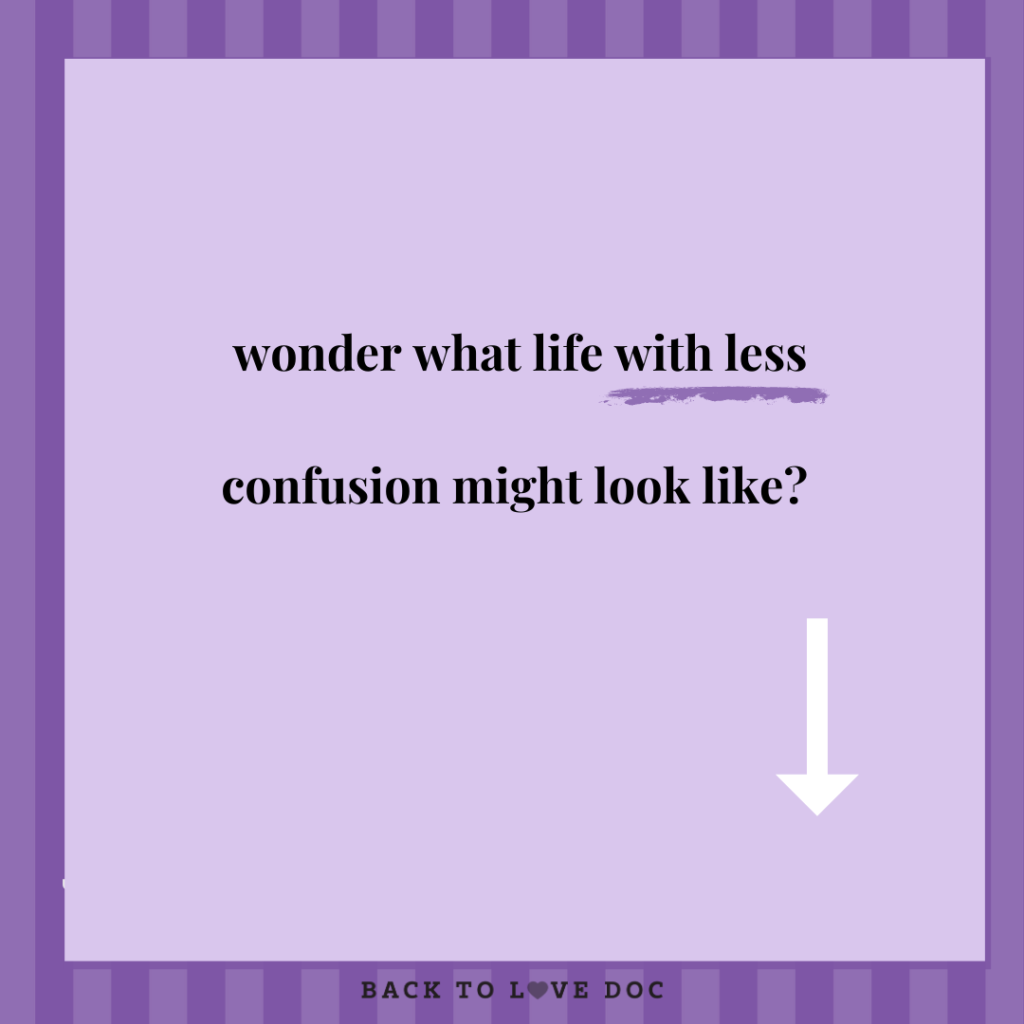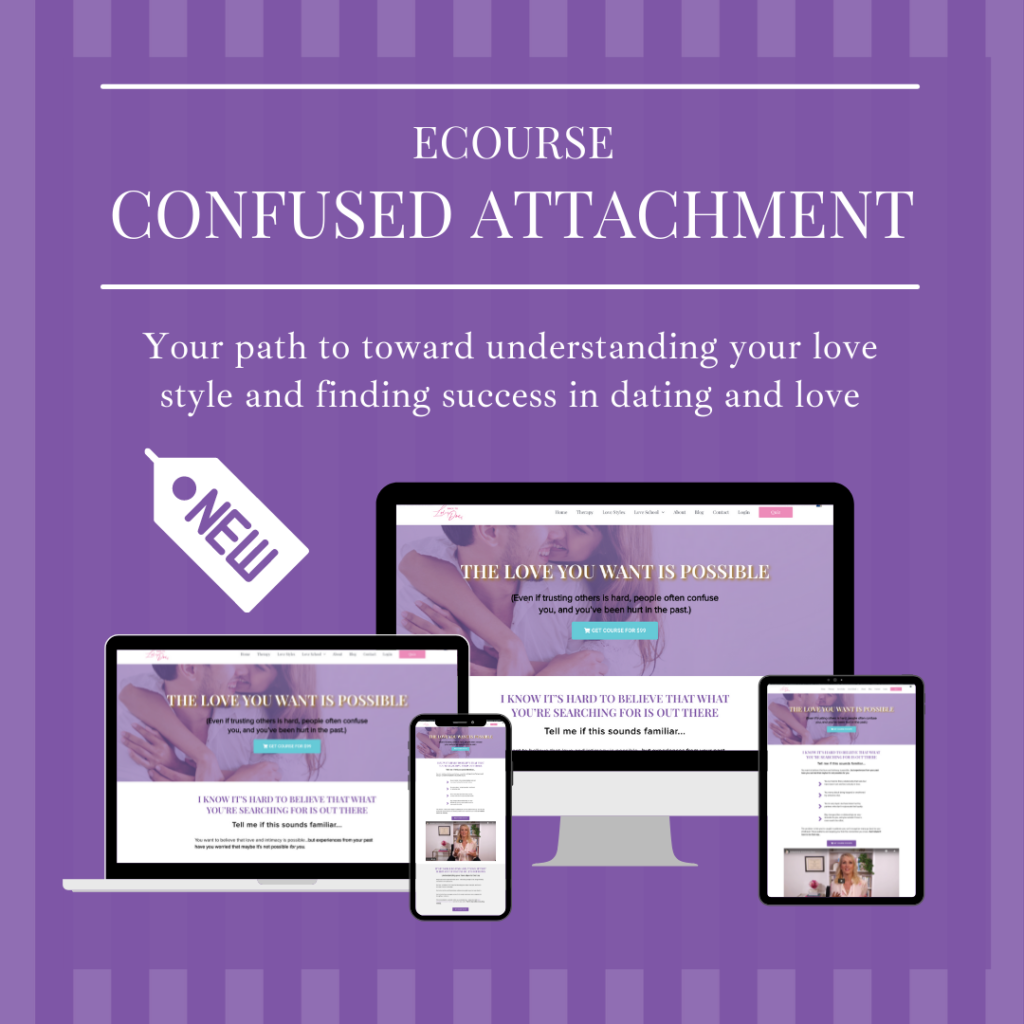What Is Confused
Attachment Style?
What is Confused Attachment?
Disorganized or confused attachment, which is the most extreme of the insecure attachment style, is hypothesized to be an outcome of abuse and trauma in childhood. For example, stemming from when an attachment figure—a parent or anyone who may have had a close hand in helping raise the child—offers inconsistent emotional support and/or abuse. This can include verbal, physical or sexual abuse, or the child witnessing an attachment figure commit a traumatizing act, such as a father hitting his spouse.
In either case, the consequences are twofold; the child understands the betrayal of safety that has occurred, and the child understands that a beloved parent or parental figure can become a serious threat to anyone in his proximity, including the child. At this point, the child learns that the attachment figure (who he or she loves and who is responsible for his or her safety) is also someone to be feared.
People who get attached in a disorganized way oscillate from two biological drives whenever the opportunity to attach comes about in life: the need to belong (to love and connect with others) and the need to survive (to protect oneself). Later, particularly in romantic relationships, people with this style of attachment often feel fear and anxiety when forming intimate relationships and suffer from a negative self-image and extremely damaging self-talk. They often feel intense loneliness because of an earnest want for genuine connection, but the stress and fear response, linked to that want, causes them to act erratically, driving away potential connection.
Take my quiz today and learn more about what a confused or disorganized attachment style means for your relationships!
Understanding your love style is the key
Imagine a version of yourself that’s secure and trusting enough to risk being intimately connected to the right person.
You have confidence that comes from knowing your unique love style, and how to leverage it for your advantage.
You’ve learned to avoid the mistakes and overcome patterns you’ve been stuck in.
You’ve healed from your past, and are finally ready to embrace more romance with strength and resilience.
This transformation is possible when you understand your unique love style (aka “Confused Connie or Connor”) and start to take action. The first step is this course (keep reading!).
This transformation is possible when you understand your unique love style (aka “Confused Connie or Connor”) and start to take action. The First Step Is To Take My Course- Secrets For How To Be Secure Confused Attachment




